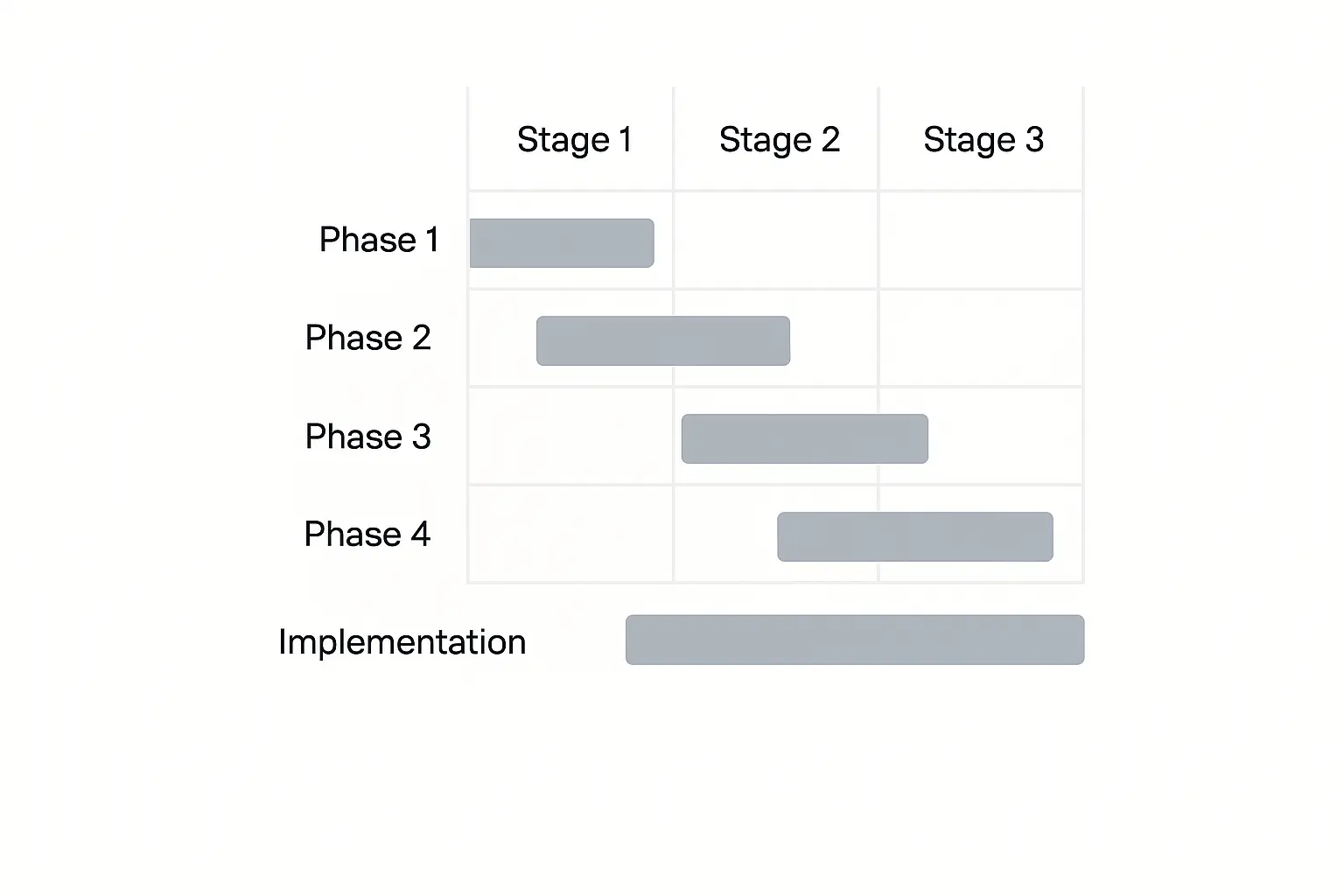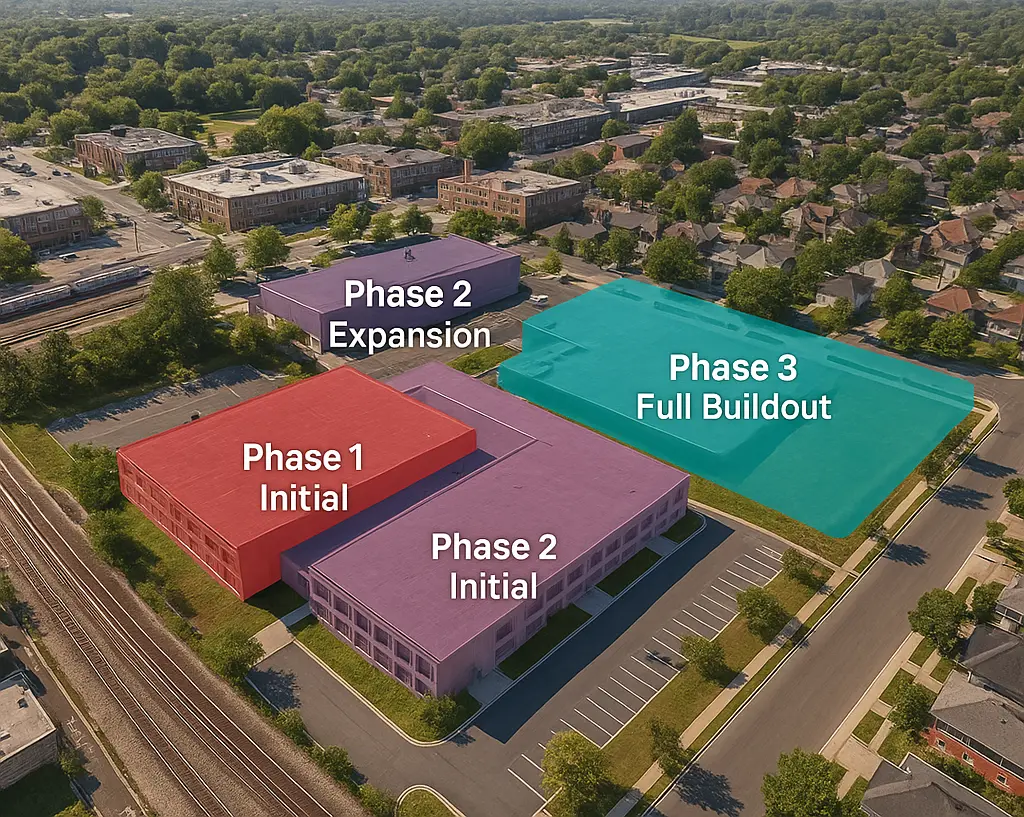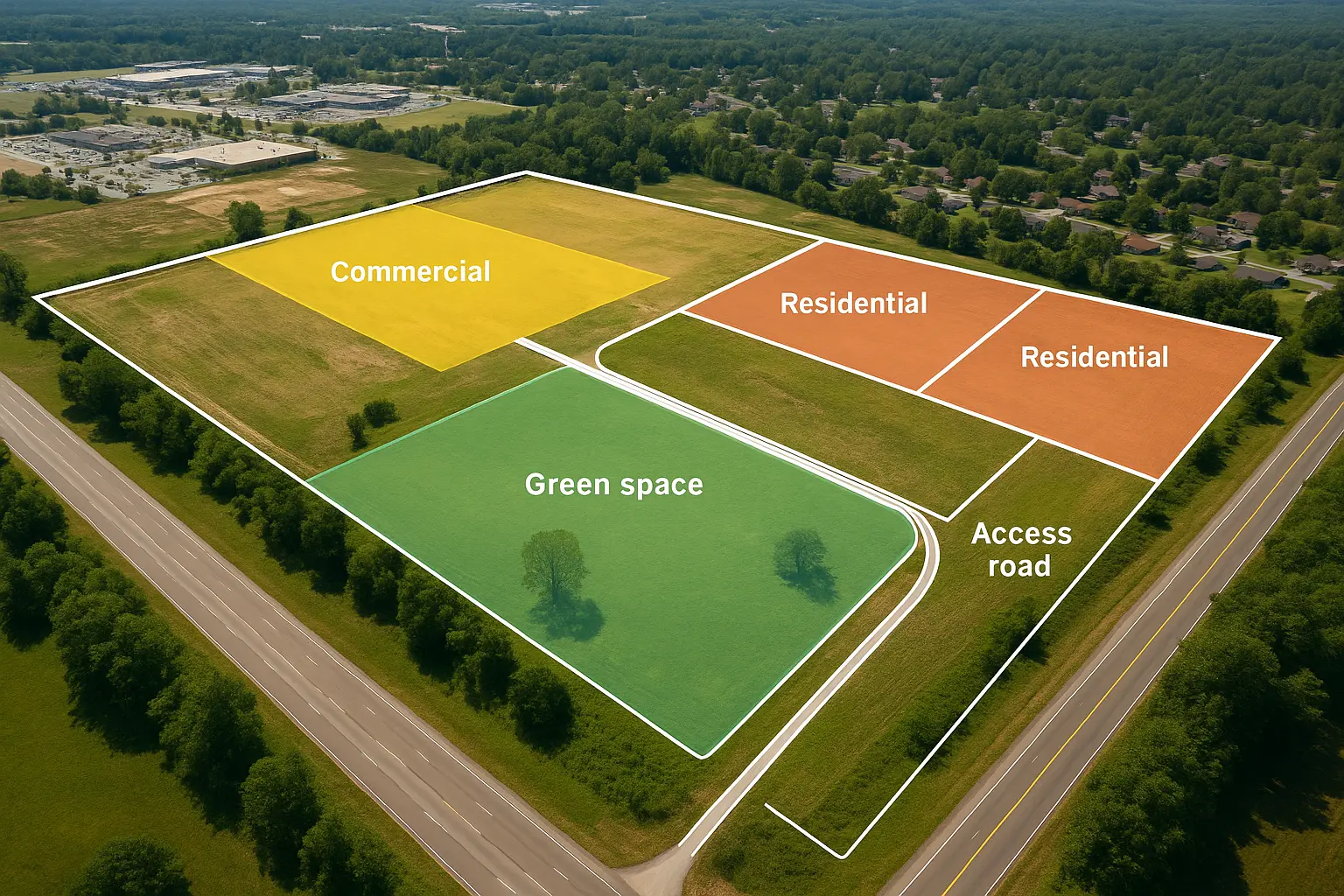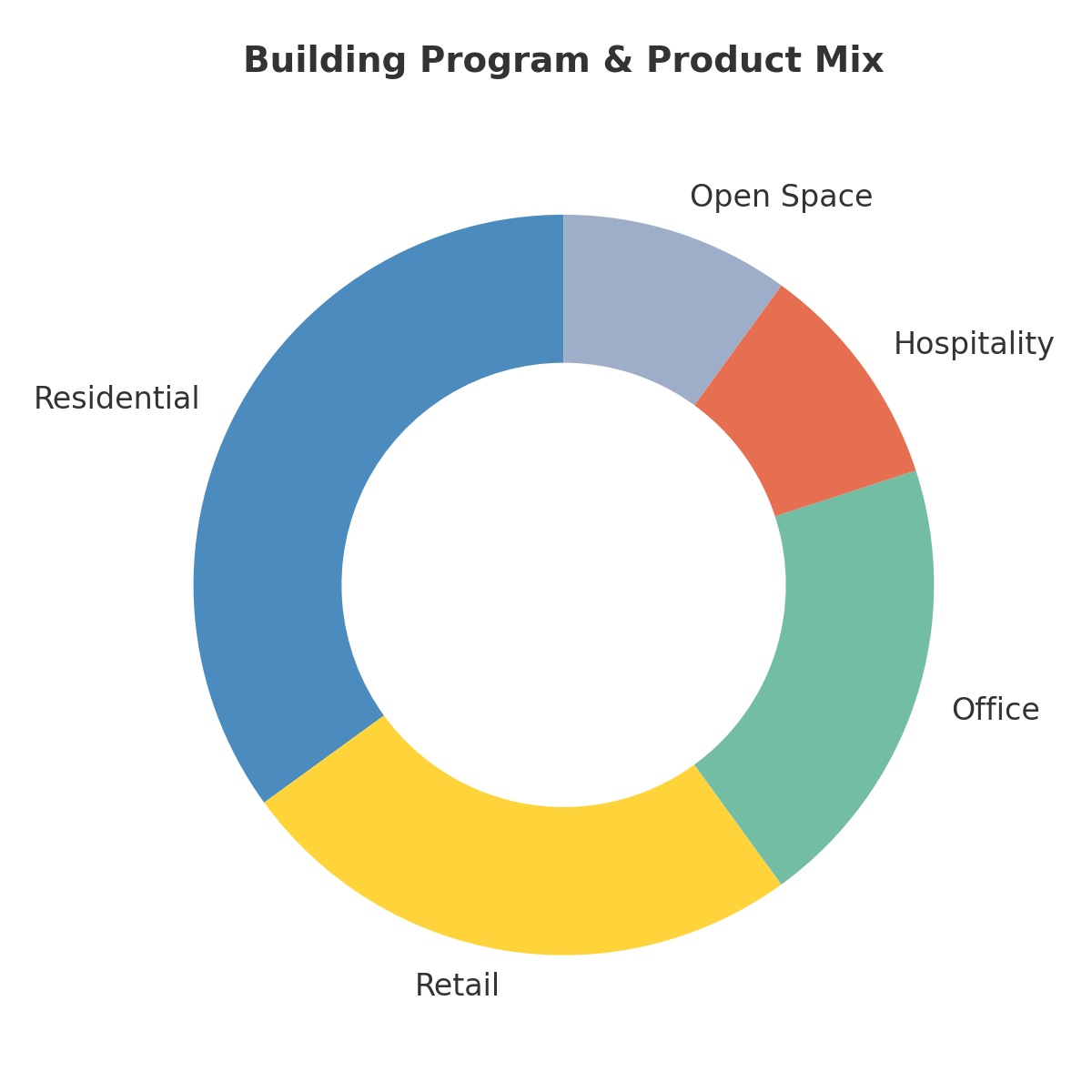Strategic real estate growth begins with a clear development roadmap. For business owners, franchise groups, and investor-developers, success depends on aligning site selection, phasing, and internal capabilities with long-term operational goals. Without a defined strategy, projects can stall, capital can be misallocated, and expansion opportunities may be missed.
A strong development strategy sets the foundation before design or construction begins. It connects feasibility analysis with market conditions, ensures capital is deployed at the right pace, and establishes accountability across stakeholders. This clarity reduces risk and accelerates execution.
For organizations pursuing their first location or scaling into multiple markets, development strategy provides the discipline needed to move from opportunity-driven growth to structured, sustainable expansion.
Benefits:
● Clear roadmap that guides real estate growth decisions
● Alignment of site strategy, phasing, and internal capabilities
● Reduced risk and greater confidence before capital is deployed
● Stronger long-term performance through structured planning


The right program mix ensures that a development is not just feasible, but also viable in the long term. Aligning building types, layouts, and amenities with operating models and market demand is essential to create spaces that perform financially and operationally.
Core considerations include:
● Market demand: matching product types to demographic and geographic needs.
● Operating model fit: ensuring design supports day-to-day efficiency and long-term scalability.
● Financial alignment: balancing program mix with capital strategy and return expectations.
● Future adaptability: planning layouts and systems that can evolve with tenant or market changes.
When product mix is treated as a strategic decision rather than a design afterthought, developments achieve stronger occupancy, higher returns, and better long-term resilience.

Large or complex projects rarely succeed when treated as a single, all-or-nothing effort. A phased development strategy breaks growth into manageable stages, each aligned with budget, capital availability, and market demand. This approach reduces risk and allows organizations to adapt as conditions change.
Key advantages of phasing include:
● Capital efficiency: deploying funds over time to match project milestones.
● Risk management: limiting exposure by validating each stage before moving forward.
● Operational alignment: scaling staff, systems, and processes in step with expansion.
● Flexibility: adjusting to market shifts without derailing the entire project.
By structuring growth in phases, organizations gain control over timing and resources while maintaining the ability to pivot as new opportunities or risks emerge.

Every successful development begins with a clear understanding of site feasibility. A strong planning process ensures land use, access, and entitlements are aligned with long-term business goals. By addressing these issues upfront, organizations reduce delays, control costs, and position projects for success.
Key areas of focus include:
● Land use and zoning: confirming that the property aligns with intended development.
● Access and circulation: evaluating traffic flow, site entry, and parking to match operational needs.
● Entitlements and approvals: navigating local regulations to avoid costly delays.
● Long-term adaptability: ensuring the site can evolve with market and operational shifts.
This structured approach moves feasibility beyond a checkbox exercise. It becomes a decision-making framework that informs phasing, budgeting, and design, giving stakeholders confidence that every site is chosen and planned with intention.
Defines efficient land use strategy by aligning layout, access, and entitlements with long-term business goals.
View case studyBreaks complex builds into manageable phases that support budgeting, construction flow, and strategic rollout.
View case studyMatches building types and layout to your operating model and market demand to ensure long-term viability.
View case studyClarifies who owns each step of the process, from feasibility to handoff, to strengthen internal execution.
View case studyTeams typically reach out before ground is broken, when uncertainty around feasibility, internal roles, or project phasing starts to slow momentum or introduce risk.
● A promising site is under review, but phasing or scope remain unclear
● Internal team lacks defined roles or real estate workflows
● Architects or GCs are pushing ahead without strategic input
● Senior leadership needs a clear development roadmap
Our role flexes with your project needs, from early clarity to ongoing support as strategy meets execution.